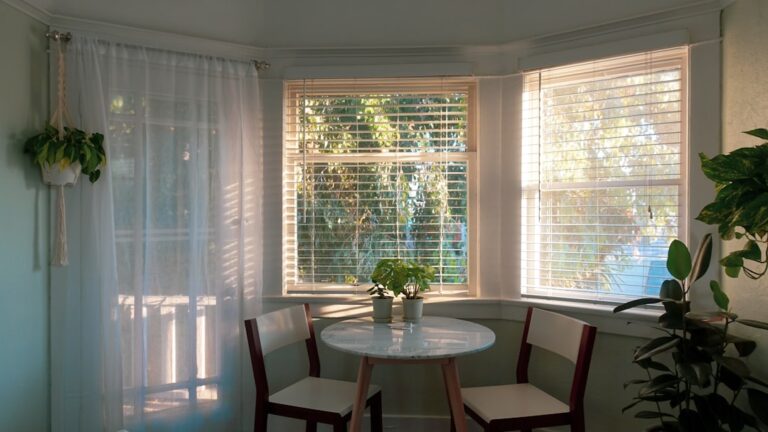When it comes to protecting buildings from water damage, liquid waterproofing products play a crucial role. These versatile solutions are used to create a barrier that prevents water from seeping through surfaces, thus safeguarding the structural integrity of a variety of constructions. This article explores the benefits and applications of liquid waterproofing, highlighting why it is a popular choice for both residential and commercial projects.
Liquid waterproofing solutions are particularly favored for their ease of application and adaptability. Unlike traditional methods, such as sheet membranes, liquid products can be sprayed or rolled onto surfaces, conforming to any shape or contour. This flexibility makes them ideal for areas with complex designs or difficult access, ensuring a seamless application that reduces the risk of leaks. Additionally, liquid waterproofing products can be applied to a range of materials, including concrete, wood, and metal, making them suitable for diverse projects.
One of the primary advantages of liquid waterproofing is its ability to create a continuous, monolithic membrane. This means there are no seams or joints that could potentially become weak points over time. The membrane forms a robust barrier that efficiently blocks water infiltration, extending the life of the structure it protects. Moreover, many liquid waterproofing solutions are environmentally friendly, with low levels of volatile organic compounds (VOCs), which makes them safer for both the applicator and the environment.
Another key benefit of liquid waterproofing products is their durability. These products are engineered to withstand various environmental conditions, including UV exposure, temperature fluctuations, and physical wear and tear. This resilience is essential in ensuring long-term protection, particularly in climates where structures are subjected to harsh weather. For those interested in exploring the range of options, liquid waterproofing products offer a variety of solutions tailored to different needs.
Liquid waterproofing is not just limited to new constructions. It is also a valuable tool for restoration projects. Older buildings often face issues like leaks and moisture ingress, which can lead to problems such as mold growth and structural decay. By applying a high-quality liquid waterproofing membrane, these issues can be effectively mitigated, preserving the building’s structural health and enhancing its lifespan.
The application process for liquid waterproofing is relatively straightforward, typically involving surface preparation, primer application, and then the application of the liquid membrane itself. This simplicity often leads to reduced labor costs and project timelines, making it an economical choice for many. It’s important, however, to ensure that the surface is properly prepared to achieve optimal adhesion and performance.
For those managing construction or renovation projects, understanding the different waterproofing options is essential in making an informed decision. The versatility, ease of use, and effectiveness of liquid waterproofing make it an attractive option for a variety of applications. More information on these innovative solutions can be found at this resource, which provides insights into the latest advancements in waterproofing technology.
In conclusion, liquid waterproofing products offer a reliable and efficient solution for protecting structures from the damaging effects of water. Their adaptability, durability, and environmental benefits make them a preferred choice for architects, builders, and homeowners alike. As construction demands evolve and environmental considerations take center stage, these products continue to play a pivotal role in safeguarding our built environment.





